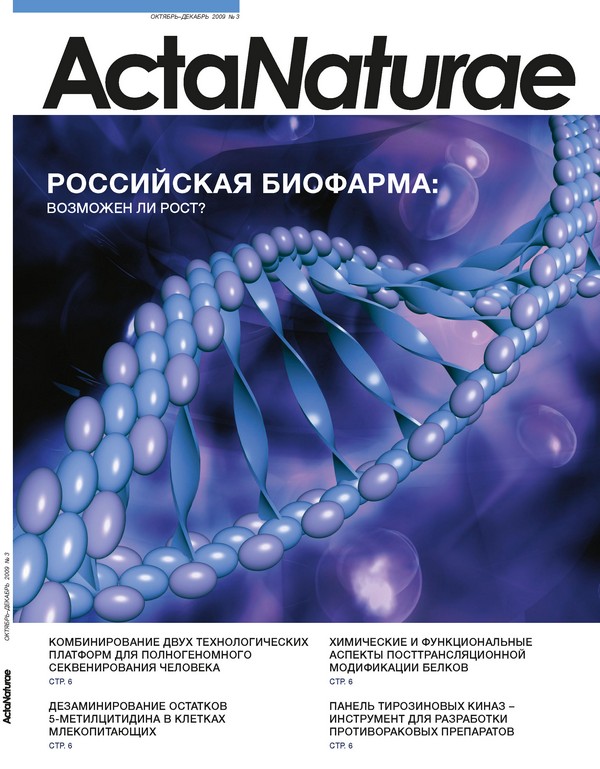D-Arabinose Methabolism: Characterization of Bifunctional Arabinokinase/ Pyrophosphorylase of Leishmania major
- Авторы: Novozhilova NM1, Bovin NV1
-
Учреждения:
- Выпуск: Том 1, № 3 (2009)
- Страницы: 81-83
- Раздел: Статьи
- Дата подачи: 17.01.2020
- Дата публикации: 15.12.2009
- URL: https://actanaturae.ru/2075-8251/article/view/10779
- DOI: https://doi.org/10.32607/20758251-2009-1-3-81-83
- ID: 10779
Цитировать







